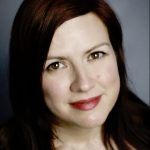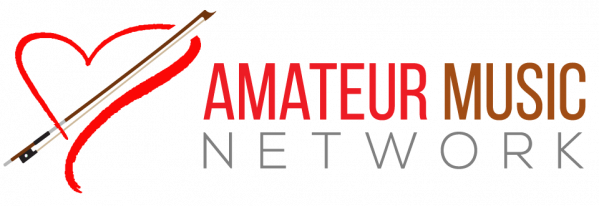
AMN's Lolly Lewis asked mentor Phoebe Jevtović Rosquist about what drew her to Medieval music and how she approaches this repertoire, music that can sound so alien to modern ears. Here is a sample of her thinking.
Amateur Music Network (AMN): I’ve always been really fascinated by the rhythms in medieval music. How is the meter structured, and why does it sound so different from music we're used to?
Phoebe (PRJ): There is so much variety in how music was organized metrically—in some cases you get very little information and you get to be creative and decide for yourself—for example, the Cantigas de Santa Maria allow for many rhythmic decisions to be made by the performers. Other times you have syncopated music with parts that fit together like puzzle pieces—I think of Dufay in this category. Then in the ars nova period, you have music with rhythms precisely notated, but in such exacting and complex rhythms that they can be prohibitively difficult (we aren’t doing any of these, don’t worry!)
AMN: Where do the texts come from?
PRJ: When discussing about this expansive time period that lasted nearly a thousand years, the answer has to encompass so much material! Medieval poets and composers used everything from the Bible to their own chivalrous or bawdy imaginations. If you have the opportunity, Ben Bagby’s filmed performance of the epic tale Beowulf is a masterpiece of creative yet plausible performance practice.
AMN: How long did it take you to learn to read the medieval notation?
PRJ: Reading earlier stages of notation comes with practice and time, as you would expect. I spent a summer in Italy reading compline every evening, and the daily exposure to the neumes really sank in to my brain. I sometimes like working backwards—teaching a piece by rote, and then introducing the notation—it makes so much sense once you have already audiated it.
